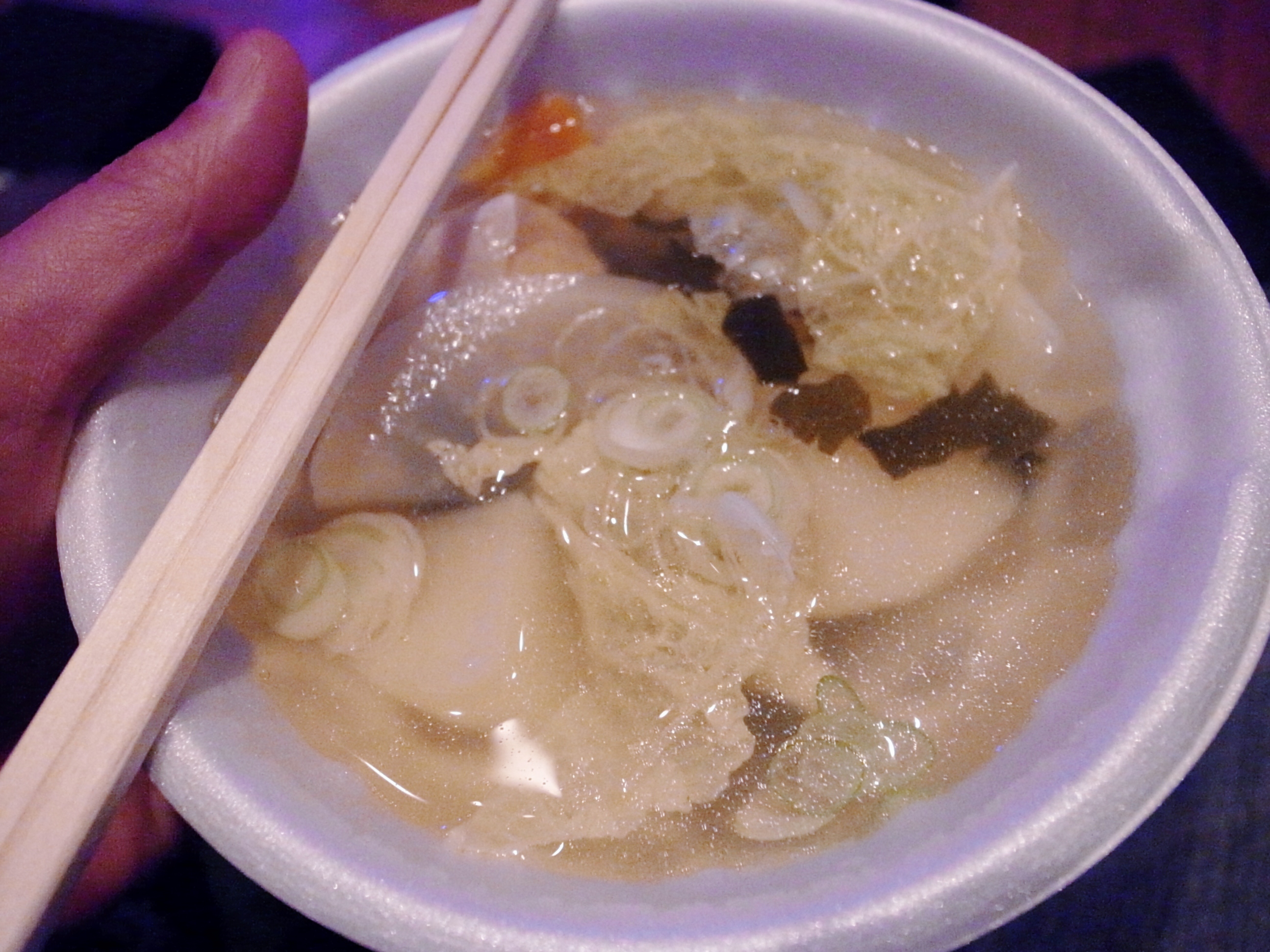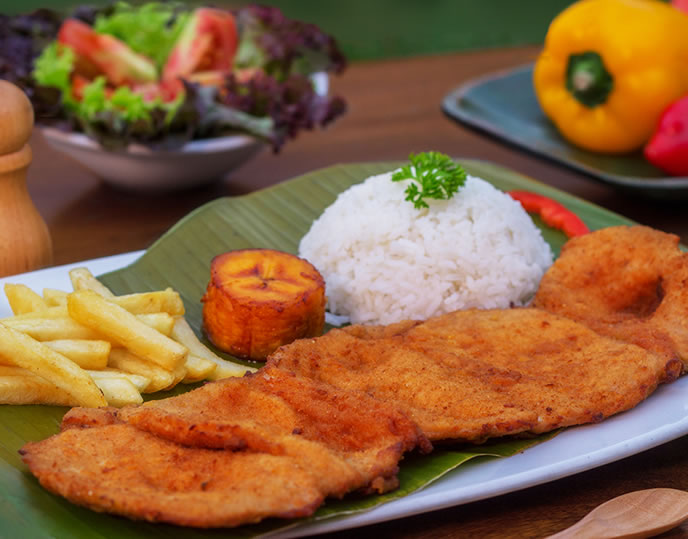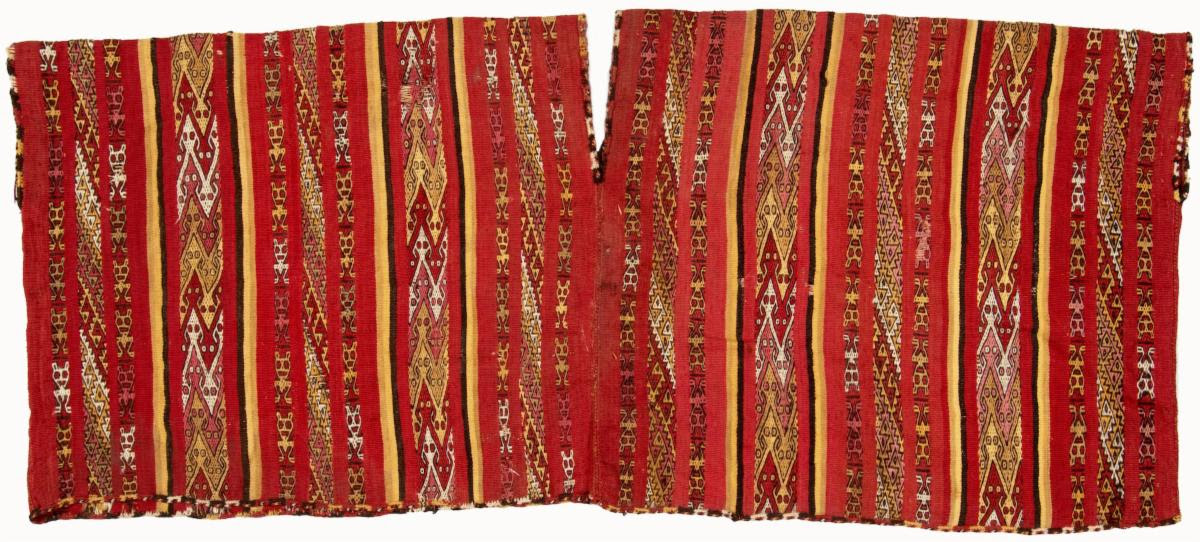|
Locro
Locro (from the Quechua ''ruqru'') is a hearty thick squash stew, associated with Native Andean civilizations, and popular along the Andes mountain range. It is one of the national dishes of Peru, Bolivia, Ecuador, Chile, Paraguay, Northwest Argentina and Southwestern Colombia. Composition The dish is a classic squash, corn, beans, and potato or pumpkin soup well known along the South American Andes. In some regions locro is made using a specific kind of potato called "papa chola", which has a unique taste and is difficult to find outside of its home region. The defining ingredients are squash, corn, some form of meat (usually beef, but sometimes beef jerky or chorizo), and vegetables. Other ingredients vary widely, and typically include onion, beans, squash or pumpkin. It is mainly eaten in winter. In Ecuador, a variant known as yahuarlocro is popular. It incorporates lamb entrails and lamb blood to the recipe. In Argentina its consumption has spread from the Northw ... [...More Info...] [...Related Items...] OR: [Wikipedia] [Google] [Baidu] |
Paraguayan Cuisine
The cuisine of Paraguay is the set of dishes and culinary techniques of Paraguay. It has a marked influence of the Guaraní people, in fusion with the Spanish cuisine and other marked influences coming from the immigration received by bordering countries such as Italian cuisine and Portuguese food. The gastronomy product of the syncretism and Hispanic-Guaraní fusion, is of greater weight in the Paraguayan history and considered the mother of the whole region, having Asunción as the starting point of many Spanish expeditions in the Southern Cone. It is worth clarifying that in society Paraguayan, the exchange of knowledge occurred between mestizos, criollos and guaraníes, before and even after the Jesuit missions. In 2017, the Ministry of the National Secretariat of Culture of Paraguay decided:''"Declare as '' 'Intangible Cultural Heritage of Paraguay' '' the production, handcrafted and traditional production of four typical Paraguayan meals still in force such as vori-vori, lo ... [...More Info...] [...Related Items...] OR: [Wikipedia] [Google] [Baidu] |
Argentinian Cuisine
Argentine cuisine is described as a cultural blending of Mediterranean influences brought by the Spanish during the colonial period and, later, by Italian and Spanish immigrants to Argentina during 19th and 20th centuries, with influences from a further cultural blending of ''criollos'' (due to Spanish colonizers) with the Indigenous peoples of Argentina (such as ''mate'' and ''humitas''). Argentine annual consumption of beef has averaged 100 kg (220 lbs) per capita, approaching 180 kg (396 lbs) per capita during the 19th century; consumption averaged 67.7 kg (149 lbs) in 2007. Beyond '' asado'' (the Argentine barbecue), no other dish more genuinely matches the national identity. Nevertheless, the country's vast area, and its cultural diversity, have led to a local cuisine of various dishes. The great immigratory waves consequently imprinted a large influence in the Argentine cuisine, after all Argentina was the second country in the world ... [...More Info...] [...Related Items...] OR: [Wikipedia] [Google] [Baidu] |
Stew
A stew is a combination of solid food ingredients that have been cooked in liquid and served in the resultant gravy. A stew needs to have raw ingredients added to the gravy. Ingredients in a stew can include any combination of vegetables and may include meat, especially tougher meats suitable for slow-cooking, such as beef, pork, lamb, poultry, sausages, and seafood. While water can be used as the stew-cooking liquid, stock is also common. A small amount of red wine is sometimes added for flavour. Seasoning and flavourings may also be added. Stews are typically cooked at a relatively low temperature (simmered, not boiled), allowing flavours to mingle. Stewing is suitable for the least tender cuts of meat that become tender and juicy with the slow moist heat method. This makes it popular in low-cost cooking. Cuts having a certain amount of marbling and gelatinous connective tissue give moist, juicy stews, while lean meat may easily become dry. Stews are thickened by reduction ... [...More Info...] [...Related Items...] OR: [Wikipedia] [Google] [Baidu] |
National Dishes
A national dish is a culinary Dish (food), dish that is strongly associated with a particular country. A dish can be considered a national dish for a variety of reasons: * It is a staple food, made from a selection of locally available foodstuffs that can be prepared in a distinctive way, such as ''fruits de mer'', served along the west coast of France. * It contains a particular ingredient that is produced locally, such as the South American paprika grown in the European Pyrenees. * It is served as a Festival, festive culinary tradition that forms part of a cultural heritage—for example, barbecues at summer camp or fondue at Party#Dinner party, dinner parties—or as part of a Religion, religious practice, such as Korban Pesach or Iftar celebrations. * It has been promoted as a national dish, by the country itself, such as the promotion of fondue as a national dish of Switzerland by the Swiss Cheese Union (Schweizerische Käseunion) in the 1930s. National dishes are par ... [...More Info...] [...Related Items...] OR: [Wikipedia] [Google] [Baidu] |
Bolivian Cuisine
Bolivian cuisine stems from the combination of Spanish cuisine with indigenous ingredients and Aymara traditions, among others, with later influences from Germans, Italians, French, and Arabs due to the arrival of immigrants from those countries. The traditional staples of Bolivian cuisine are corn, potatoes, quinoa and beans. These ingredients have been combined with a number of staples brought by the Spanish, such as rice, wheat, and meat, including beef, pork, and Chicken (food), chicken. Bolivian cuisine differs by geographical locations. In Western Bolivia in the Altiplano, due to the high, cold climate cuisine tends to use spices, whereas in the lowlands of Bolivia in the more Amazonian regions dishes consist of products abundant in the region: fruits, vegetables, fish and yuca. Influences Bolivian cuisine has been influenced by the Inca cuisine, Aymara people#Culture, Aymara cuisine, Spanish cuisine, and to a lesser extent the cuisi ... [...More Info...] [...Related Items...] OR: [Wikipedia] [Google] [Baidu] |
Stew
A stew is a combination of solid food ingredients that have been cooked in liquid and served in the resultant gravy. A stew needs to have raw ingredients added to the gravy. Ingredients in a stew can include any combination of vegetables and may include meat, especially tougher meats suitable for slow-cooking, such as beef, pork, lamb, poultry, sausages, and seafood. While water can be used as the stew-cooking liquid, stock is also common. A small amount of red wine is sometimes added for flavour. Seasoning and flavourings may also be added. Stews are typically cooked at a relatively low temperature (simmered, not boiled), allowing flavours to mingle. Stewing is suitable for the least tender cuts of meat that become tender and juicy with the slow moist heat method. This makes it popular in low-cost cooking. Cuts having a certain amount of marbling and gelatinous connective tissue give moist, juicy stews, while lean meat may easily become dry. Stews are thickened by reduction ... [...More Info...] [...Related Items...] OR: [Wikipedia] [Google] [Baidu] |
Colombian Cuisine
Colombian cuisine is a compound of the culinary traditions of the six main regions within Colombia (Pacific, Amazonian, Andean, Orinoco, Caribbean, and Insular). Colombian cuisine varies regionally and is particularly influenced by Indigenous Colombian, Spanish, and African cuisines, with slight Arab influence in some regions. Furthermore, being one of the most biodiverse countries in the world, Colombia has one of the widest variety of available ingredients depending on the region. History of Colombian food Colombian food is a unique blend of indigenous and European traditions with a strong Afro-Caribbean influence. The two largest indigenous groups prior to European conquest were the Tairona, who lived along the Caribbean coast, and the Muisca, who lived in the highlands to the South. Arepas, made from ground corn, are one of the oldest cooked dishes in Colombian cuisine. It is believed that the name derives from the word for corn in the Chibcha languages. Arepas are a popul ... [...More Info...] [...Related Items...] OR: [Wikipedia] [Google] [Baidu] |
Quechua Languages
Quechua (, ; ), usually called ("people's language") in Quechuan languages, is an indigenous language family spoken by the Quechua peoples, primarily living in the Peruvian Andes. Derived from a common ancestral language, it is the most widely spoken pre-Columbian language family of the Americas, with an estimated 8–10 million speakers as of 2004.Adelaar 2004, pp. 167–168, 255. Approximately 25% (7.7 million) of Peruvians speak a Quechuan language. It is perhaps most widely known for being the main language family of the Inca Empire. The Spanish encouraged its use until the Peruvian struggle for independence of the 1780s. As a result, Quechua variants are still widely spoken today, being the co-official language of many regions and the second most spoken language family in Peru. History Quechua had already expanded across wide ranges of the central Andes long before the expansion of the Inca Empire. The Inca were one among many peoples in present-day Peru who already spok ... [...More Info...] [...Related Items...] OR: [Wikipedia] [Google] [Baidu] |
Squash (plant)
''Cucurbita'' (Latin for gourd) is a genus of herbaceous fruits in the gourd family, Cucurbitaceae (also known as ''cucurbits'' or ''cucurbi''), native to the Andes and Mesoamerica. Five edible species are grown and consumed for their flesh and seeds. They are variously known as squash, pumpkin, or gourd, depending on species, variety, and local parlance. Other kinds of gourd, also called bottle-gourds, are native to Africa and belong to the genus ''Lagenaria'', which is in the same family and subfamily as ''Cucurbita'', but in a different tribe. These other gourds are used as utensils or vessels, and their young fruits are eaten much like those of the ''Cucurbita'' species. Most ''Cucurbita'' species are herbaceous vines that grow several meters in length and have tendrils, but non-vining "bush" cultivars of ''C. pepo'' and ''C. maxima'' have also been developed. The yellow or orange flowers on a ''Cucurbita'' plant are of two types: female and male. The female flowe ... [...More Info...] [...Related Items...] OR: [Wikipedia] [Google] [Baidu] |
Andes
The Andes, Andes Mountains or Andean Mountains (; ) are the longest continental mountain range in the world, forming a continuous highland along the western edge of South America. The range is long, wide (widest between 18°S – 20°S latitude), and has an average height of about . The Andes extend from north to south through seven South American countries: Venezuela, Colombia, Ecuador, Peru, Bolivia, Chile, and Argentina. Along their length, the Andes are split into several ranges, separated by intermediate depressions. The Andes are the location of several high plateaus—some of which host major cities such as Quito, Bogotá, Cali, Arequipa, Medellín, Bucaramanga, Sucre, Mérida, El Alto and La Paz. The Altiplano plateau is the world's second-highest after the Tibetan plateau. These ranges are in turn grouped into three major divisions based on climate: the Tropical Andes, the Dry Andes, and the Wet Andes. The Andes Mountains are the highest m ... [...More Info...] [...Related Items...] OR: [Wikipedia] [Google] [Baidu] |
Andean Civilization
The Andean civilizations were complex societies of many cultures and peoples mainly developed in the river valleys of the coastal deserts of Peru. They stretched from the Andes of southern Colombia southward down the Andes to Chile and northwest Argentina. Archaeologists believe that Andean civilizations first developed on the narrow coastal plain of the Pacific Ocean. The Caral or Norte Chico civilization of Peru is the oldest known civilization in the Americas, dating back to 3200 BCE. Despite severe environmental challenges, the Andean civilizations domesticated a wide variety of crops, some of which became of worldwide importance. The Andean civilizations were also noteworthy for monumental architecture, textile weaving, and many unique characteristics of the societies they created. Less than a century prior to the arrival of the Spanish conquerors, the Incas, from their homeland centered on the city of Cusco, united most of the Andean cultures into one single empire th ... [...More Info...] [...Related Items...] OR: [Wikipedia] [Google] [Baidu] |
Peru
, image_flag = Flag of Peru.svg , image_coat = Escudo nacional del Perú.svg , other_symbol = Great Seal of the State , other_symbol_type = Seal (emblem), National seal , national_motto = "Firm and Happy for the Union" , national_anthem = "National Anthem of Peru" , march = "March of Flags" , image_map = PER orthographic.svg , map_caption = , image_map2 = , capital = Lima , coordinates = , largest_city = capital , official_languages = Peruvian Spanish, Spanish , languages_type = Co-official languages , languages = , ethnic_groups = , ethnic_groups_year = 2017 , demonym = Peruvians, Peruvian , government_type = Unitary state, Unitary Semi-presidential system, semi-presidential republic , leader_title1 = President of Peru, President ... [...More Info...] [...Related Items...] OR: [Wikipedia] [Google] [Baidu] |




.png)

.jpg)
